Legal and Effective Pinning on Pinterest
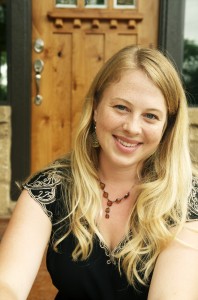 Guest Blogger: Erin MacPherson
Guest Blogger: Erin MacPherson
Last week, I kicked off our “Pinterest for Marketing” series with a blog post on using Pinterest as a content marketing tool. This week, I want to spend some time talking about some of the nitty gritty details of effectively (and legally) using images on Pinterest,
Pinterest is primarily an image sharing tool. If your pin doesn’t have a great image, it’s probably not going to be noticed. Which means the images you repin and upload can make a big impact on your marketing efforts.
So, what types of images should you be pinning? And how do you find them or make them? And how can you make sure you don’t break any laws while you’re doing it?
Let’s get the boring legal stuff out of the way first.
There was quite a bit of buzz on the legalities of pinning images a few months back. A few people I know went as far as deleting their entire Pinterest account in order to make sure they didn’t break any copyright laws. And, while I appreciate their integrity, I’m going to say that was a bit extreme.
Image legalities on Pinterest are no different from image legalities anywhere else: You can’t pin images to Pinterest that don’t belong to you.
Just like you can’t post images on your blog that don’t belong to you.
Or you can’t use images on your website that don’t belong to you.
I’m not a lawyer. So it’s probably best if I don’t share legal advice, but I can share with you my own personal Pinterest strategy (a strategy that I happened to adapt from the strategy I use at work):
- I repin liberally and without hesitation, knowing that it’s the original pinner’s responsibility to make sure they follow legal practices when pinning. (Note: The exception to this is if you know for a fact that the original pinner used an image illegally.)
- I assume that any article, post or idea that I find on a major, corporate site (ie. Disney or MSN or Yahoo) follows legal image practices. I pin using the “Add a Pin” button by copying the URL.
- I do the same when pinning from personal blogs as long as I know and trust the author.
- I only use the “upload a pin” button (the button that makes me the original pinner) to upload images if I took the photo myself or designed the image myself or if I know I fully own rights to it.
Now, on to more fun things:
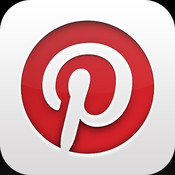 Image Effectiveness
Image Effectiveness
Before I can talk about the effectiveness of images on Pinterest, I need to give a little Pinterest 101 lesson in case some of you reading this are Pinterest newbies. If you’re a Pinterest expert, then feel free skip ahead.
There are two things you should be striving for as you pin content on Pinterest: Repins and Click-Thrus.
A repin happens when someone sees a pin on one of your boards and clicks that little “repin” (or soon to be “Pin It” in the new Pinterest) button. This is a good thing. It means your pins (and boards) are being shared and seen by other users on Pinterest.
A click-thru happens when someone sees your pin and clicks through to the original site that contained that image and information. This is a very good thing. Who doesn’t want interested eyes on the content they post?
Now here’s where this gets interesting. Lots of research has been done to figure out what types of images will entice people to repin and click-thru. It’s fascinating to read about—Google “best images for Pinterest” if you have some extra time. But if you don’t have extra time, I’ll summarize:
Images that are most likely to be repined are:
- Clean and clear
- Show an actionable item like a finished craft or recipe
- Clearly state what it is (either through words or imagery)
- Use bright colors
- Are inspirational (ie. with a poem or quote or verse)
Images that are most likely to be clicked-thru are:
- Tall and slender
- Have words on them.
- Have some sort of collage element (ie. a step-by-step process, multiple images)
- Promise step-by-step instructions or multiple pieces of content (ie. “10 ways to cook broccoli” or “10 crafts for preschoolers”)
As a pinner, you have to decide what ultimate result you want with each pin you pin. In a perfect world (one where someone brings you breakfast in bed each morning so you can spend your morning uninterrupted and pinning away), you’d strive for click-thrus on all pins. But since I’m guessing most of us have things like families and jobs and houses that need cleaning, I’m guessing that most of us don’t have time to make every pin click-thru worthy.
And so, you have to come up with a strategy on how you’re going to make your Pinterest images and boards most effective. Here’s my personal strategy:
- I repin pins from any source that have a clear, clean image and are bright or inspirational. These give my boards some depth. I am not going for click-thrus on these pins, but instead I’m aiming for repins.
- If I’m going for click-thrus on a certain pin (read: pins with links to my personal website, my influencer’s websites or websites that directly relate to my marketing efforts), I always add a title and website URL to any image that will link back directly to my website. I use PicMonkey to do this.
- For my favorite articles—especially ones that I feel really speak to who I am as a writer—I create a tall and thin image collage or compilation in order to encourage maximum click-thrus.
I could go on and on about images on Pinterest, but I’ll stop now. To summarize, for those of you who are like me and want a simple checklist on what to do, here are my top 3 Pinterest Image tips:
Tip #1: Only use the “Upload a Pin” button when you took or made the image yourself.
Tip #2: Repin liberally, focusing on pins that immediately catch your eye.
Tip #3: Get acquainted with PicMonkey so you can create your own eye-catching and Pinterest worthy graphics.
See you next week for 3 creative ways authors are using Pinterest. Happy Friday!
What types of images catch your eye on Pinterest? Where do you get the images you pin?
 Erin MacPherson is an Austin, Texas mom by day and writer by night. She works as a staff writer for Dun & Bradstreet where she writes social media and marketing copy for companies like Disney, Nissan, LeapFrog and Discover Card. Her new series of books, The Christian Mama’s Guide series, releases on April 9, 2013 from Thomas Nelson. Drop by to say hello on Facebook, on Pinterest or at christianmamasguide.com.
Erin MacPherson is an Austin, Texas mom by day and writer by night. She works as a staff writer for Dun & Bradstreet where she writes social media and marketing copy for companies like Disney, Nissan, LeapFrog and Discover Card. Her new series of books, The Christian Mama’s Guide series, releases on April 9, 2013 from Thomas Nelson. Drop by to say hello on Facebook, on Pinterest or at christianmamasguide.com.

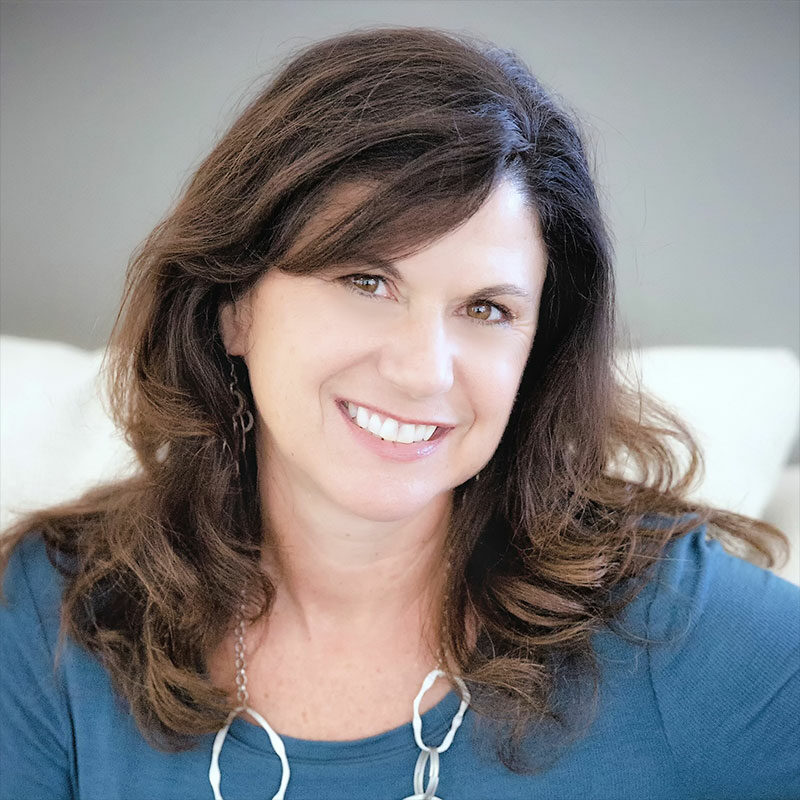

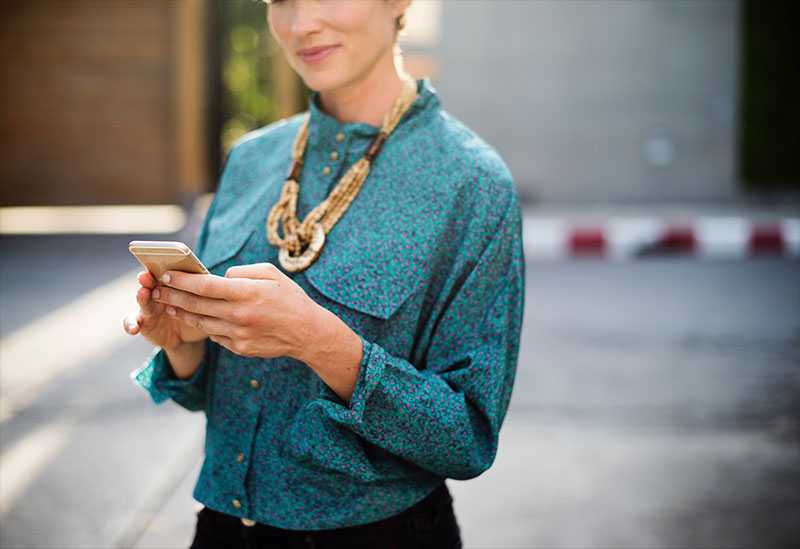




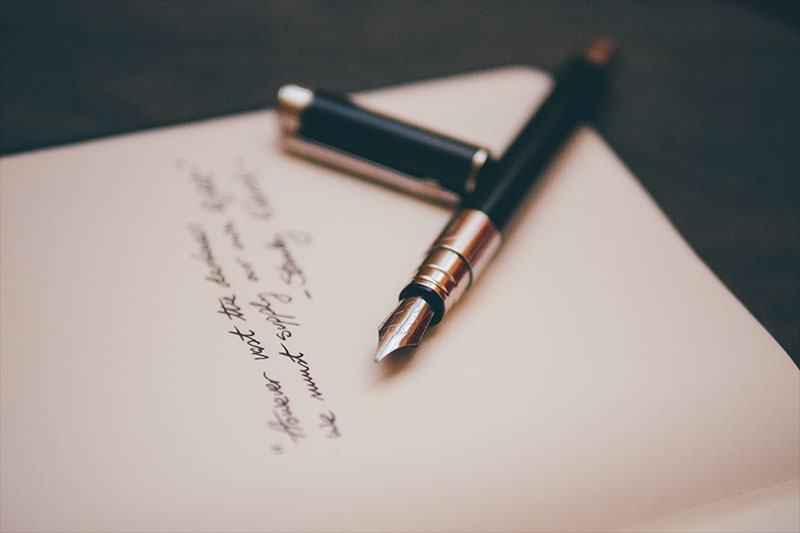
[…] been talking about Pinterest as a marketing tool for authors (here and here) and today I want to get your creative juices flowing by telling you about some innovative […]
[…] been talking about Pinterest as a marketing tool for authors (here and here ) and today I want to get your creative juices flowing by telling you about some innovative […]
[…] pins I had already created. That’s because a week after I opened my Pinterest account I read this post on Legal and Effective Pinning on Pinterest. The legal part got my attention. I don’t ever […]
What do you think about pinning book covers and linking them back to Amazon?
Thanks for this post, Rachelle. Very helpful. Always trying to use social media better.
[…] To: Legal and Effective Pinning on Pinterest, by Erin MacPherson – “Pinterest is primarily an image sharing tool. If your pin […]
Since your last post, Erin, I started on Pinterest. Anything new is always a bit foggy, but I think I will really enjoy this site. I did not know about PicMonkey. I found their “help for lost souls” just what I needed. Thank you for all of your helpful tips. Without them, I would not have known where to begin on Pinterest.
Hi Susi! So glad you like it. And yes, I love PicMonkey. It’s about my favorite tool ever… helps me so much with both Pinterest and Facebook.
Erin, thank you so much for this post. On my blog, I only post images that are mine. I’ve always understood that. However, for some reason I treat social media differently. There’s so much sharing and repinning going on, and companies like Facebook and Pinterest allow this, that copyright sort of has gotten lost in the shuffle. My photos are shared and shared and shared. Just so I understand: Is “adding a pin” all right ONLY if the site you’re adding the pin from has the rights to the photo? I’ve added a pin from sites such as imdb.com and have used Google images. Now I’m rethinking Google Images. Should I go back and reexamine?
Thank you for such an in-depth understanding of Pinterest, Erin. This article supports comments I made to help others. And I plan to Pin, Tweet, add to my Facebook Page.
Rachelle, thanks for featuring this author.
Charlotte
https://www.facebook.com/CharlotteM.Liebel.Author
I just wanted to say that I don’t understand Pinterest and don’t plan to dive into it anytime soon, but I had a guest post on a heavily trafficked blog that got over 1000 “pins,” so even if a writer doesn’t want to have their own boards they could still have a presence on Pinterest if people pin their articles. Right? Am I understanding it right? 🙂 I know it would probably be “better” to have a Pinterest board/s but this helps a little, no?
Absolutely Charity! Having your friends who are pinners repin your content is a great way to “use” pinterest without actually using it. A click-thru is a click-thru.
[…] Legal and Effective Pinning on Pinterest – Rachelle Gardner […]
Fantastic, much-needed guidance and clarification, Erin. Thanks!
I love photos of exotic, beautiful places or animals–lots of color and drama.
Erin, I’m behind the learning curve for the site and so appreciate all your tips to effectively use Pinterest as a marketing tool, while staying completely legal. This is great information. Thanks so much!
Great article, Erin! I love Pinterest. I will say I’m more cautious, though. I click through each image to verify it is “safe.” Many bloggers don’t understand legal photo-sharing, and when you go to their site, they admit the photos aren’t their own. Even if they attribute a photo, that doesn’t necessarily give them the right to share it on their blog or Pinterest. Each photo-sharing site has its own rules.
Also, when I signed up for Pinterest, the “agreement” made it sound like any user is personally responsible for using a copyrighted image, whether they were the original pinner or not. Maybe that’s just my interpretation.
My strategy is to pin my own images, images from magazines (they want users to share these), or pins that I’ve personally clicked through to verify they seem to be original to the person who shared them.
Best article I’ve seen on pinterest. Great info, thank you!
I love Pinterest, but worrying over the legalities have made me crazy, so I only repin. The only reasons I’ve clicked through have been to verify the site has a “pin it” button on the post. Your statement about the responsibility being on the original pinner is reassuring, though. Also, I follow a lot of museums, magazines, etc. that post their own images, which makes me more comfortable.
Thanks for the helpful information!
Erin, as a person who has not yet dived (?) into the depths of Pinterest, or even skimmed its surface yet, this post was very helpful. I think I’ll check out Pinterest in the next few months and get involved with it. I see its advantages for writers. Your post and tips are timely. I appreciate your post!
Thanks for sharing Erin. I hadn’t heard of PicMonkey, I’ll have to check it out. I love Pinterest. I find it relaxing and fun. And I’ve run the pendulum of–yikes should I pull all this down–to liberally pinning. But I do try to be cautious. And it is worth some time to read the TOU (terms of use) to get a feel for the legality of it all.
Anne- PicMonkey is awesome… it’s free and easy. I’m a total Photoshop-phobe and I LOVE PicMonkey.
Yes you need to be careful when it comes to images. Pinterest is an interesting marketing too.
This is very useful, and i really appreciate the time you’ve taken to explain how Pinterest works. Working through the site is a bit non-intuitive – at least for me.
I worked in advertising for a bit, and it’s interesting that the same rules apply, as were followed 30 years ago. Some things don’t change!
Andrew- That IS interesting that the same rules apply. I guess a good photo is a good photo is a good photo.